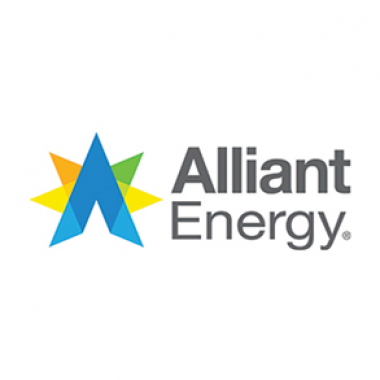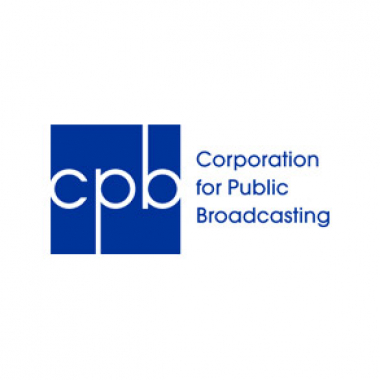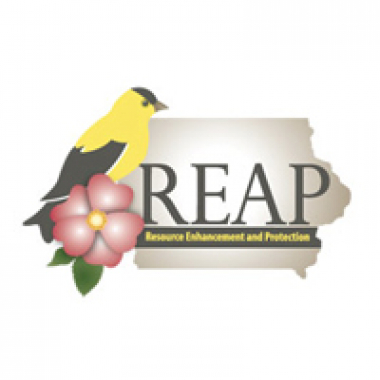Confluence of Des Moines and Raccoon Rivers
The Raccoon River starts in northwest Iowa in the Raccoon River Watershed. The Des Moines River begins in the Upper Iowa Watershed found in northeast Iowa. The two rivers join together in Des Moines, shown here, with the Raccoon River on the left and the Des Moines River on the right. Differences in color between the two rivers is visible. The Raccoon River appears lighter in color and appears to have more visible soil. The Des Moines River is darker in color with less visible soil.
Des Moines
Iowa Core Standard
7-LS2-5
Evaluate competing design solutions for maintaining biodiversity and ecosystem services.
Driving Question
- Why does the water from each river look different?
Probing Questions
- Should people be concerned about how rivers join together? Why or why not?
- What effects might populations, land use, business, and surface process have on water quality?
Classroom Suggestions
Students could:
- Identify the watershed your students are in and trace the route rivers in your area from source to endpoint.
- Compare and contrast the effects on rivers from human interactions and geologic movement.
- Use water quality data to compare the water quality in different rivers. Discuss what might cause different levels of water quality in different areas.
- Research the Des Moines River and the Raccoon Rivers to discover what each river contains for sediment and runoff. Students should share their findings in either a presentation format or a small group share.
- Brainstorm how the Raccoon River and the Des Moines River are influenced by geologic processes.
- Compare and contrast the physical and the chemical properties of water that would have an impact on the landscape around the water.
Resources
- Iowa PBS | Iowa Land and Sky: Comparison of Two Watersheds: This resource from Iowa PBS's Iowa Land and Sky features descriptions of the Missouri River and the Mississippi River.
- University of Iowa | Iowa 8th Grade Science Bundles Pressbook: This resource from UI is a downloadable book with different topics surrounding Iowa's climate and land use.
- Iowa Watershed Approach | Iowa Watersheds: This resource discusses nine different watersheds in Iowa and the approaches that are being used to help prepare for and adapt to floods in Iowa.
- Iowa Flood Center | Iowa Flood Information System: IFIS gives different tools and advisories around flooding in Iowa.
- Iowa State Extension | Soil Erosion: An Agricultural Production Challenge: This resource explains what happens to cause water erosion on Iowa's soils as well as the types of erosion.
- Iowa Geological Survey (IGS) | Landforms of Iowa: A great resource for learning about Iowa's geological past and landform regions.
Contributors
Media produced for Iowa Land and Sky by Iowa PBS.
Funding for Iowa Science Phenomena Provided By









